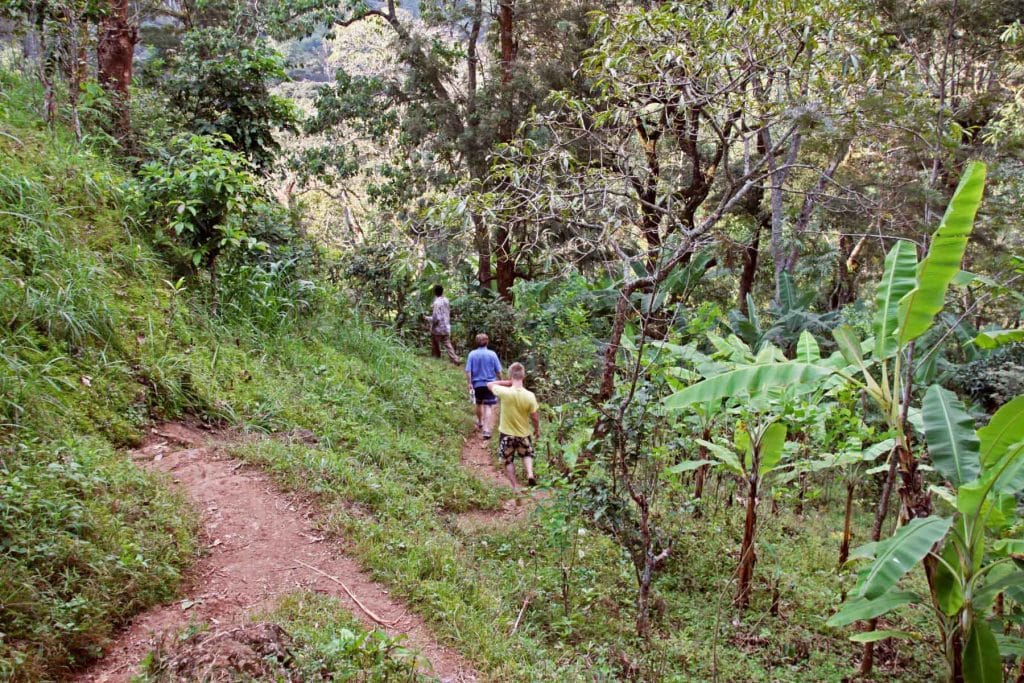By: Macy Janine Pamaranglas – Art in Tanzania Intern
Corporate Social Responsibility
Introduction
According to the Food & Agriculture Organization (FAO), food insecurity refers to the “lack [of] regular access to enough safe and nutritious food for normal growth and development and an active and healthy life”. There are several causes of food insecurity, including poverty, unemployment, or low income (a lack of resources to obtain food); it can also be due to the unavailability of food. FAO monitors levels of food insecurity by referring to the Food Insecurity Experience Scale (FIES).
Tanzania is a country where socio-economic development has grown steadily, but a marginalized population sector remains. Unfortunately, inequality continuously widens the gap between locals and refugees; however, it is also evident among Tanzanians.
The Problem in Tanzania
Based on the report published by the Integrated Food Security Phase Classification (IPC), “nearly 1 million people are food insecure” in Tanzania. Limited food availability is mainly due to climate change (dry spells and irregular rainfalls), and such a natural disaster significantly reduced “casual labour opportunities for post-harvest on and off-farm activities”. Therefore, Tanzania is struggling to provide its population with sufficient food. Moreover, the refugee population is affected by this insecurity as they have limited access to basic needs. According to the World Food Programme (WFP), Tanzania’s “chronic malnutrition rates are above the African average”. 32% of children under 5 years old are suffering from extreme malnutrition, and the number of anaemic women and children is also increasing. With the expected increase in birth rates by 2050, the exacerbating effects of climate change, and the vulnerability of agriculture to these impacts, food insecurity is inevitable.
Linda Simon, a Young African Leaders Initiative (YALI) Fellow, initiated Education Village “to support rural schools in Tanzania to improve their food systems”. Simon believes that inequality is perpetuated in the schools’ food systems, as evidenced by a comparison of children’s accessibility to food in Dar es Salaam and private schools versus those located in Northern Tanzania. Every child has the right to education, but this right cannot be fully realised if children do not have access to sufficient food to survive.
To illustrate Tanzanians’ food consumption patterns, the FAO described their diet as “based on cereals (maize and sorghum), starchy roots (cassava), and pulses (mainly beans).” On the other hand, animal products, fruits, and vegetables are consumed in smaller quantities. Tanzanians are not able to fulfil their average energy requirements. Consequently, they suffer from various illnesses, including vitamin A deficiency, anaemia, and iron deficiency.
Possible Solutions and Current Efforts
Several international organisations have been contributing to the improvement of Tanzania’s food system to address the issue of food insecurity in the country. Tanzania has excellent potential for its “strong natural supply chain route” for the region. WFP has been investing in improving supply chain performance “by providing capacity support to the Tanzania Railways Corporation and the Lake Victoria Corridor”. Additionally, WFP sent an estimated 200,000 metric tons of food across Tanzania, which helped the country by introducing $ 43 million to the economy. As for USAID Tanzania and Africa Lead, they Education Village “to develop an action plan in to strengthen the organization and improve school-based food systems in Northern Tanzania”. Successfully, Education Village is implementing a business plan “to generate income from sales of drip irrigation systems” for small-scale farmers and Northern Tanzanian schools. Lastly, FAO has several recommendations to limit the aggravation of food insecurity in Tanzania. FAO believes in “promoting and strengthening livelihood programmes”, “improving water projects and promoting rainwater-harvesting techniques at the household level”, “encouraging horticultural cultivation”, and many more.
Conclusion
Food insecurity is a serious issue that needs to be limited in Tanzania and worldwide. Large numbers of people are dying due to insufficient food consumption, and this is a violation of Article 11 of the Universal Declaration of Human Rights (UDHR). The latter declares, “The States Parties to the present Covenant recognize the right of everyone to an adequate standard of living for himself and his family, including adequate food, clothing and housing, and to the continuous improvement of living conditions.” Thus, it is pivotal for States and international organisations to work together to achieve SDG 2: No Hunger.
Sources
FOOD AND AGRICULTURE ORGANIZATION OF THE UNITED NATIONS. (2008). (publication). NUTRITION COUNTRY PROFILE UNITED REPUBLIC OF TANZANIA. Retrieved November 19, 2022, from https://www.fao.org/publications/card/en/c/ec321075-ffe6-4729-a695-/.
Hunger. Food and Agriculture Organization of the United Nations. (n.d.). Retrieved November 19, 2022, from https://www.fao.org/hunger/en/
Tanzania: Acute food insecurity situation overview – rural, urban and IDP: Current Food Security Outcomes: November 2019 – April 2020 (issued in February 2020) – United Republic of Tanzania. ReliefWeb. (2020, February 18). Retrieved November 19, 2022, from https://reliefweb.int/report/united-republic-tanzania/tanzania-acute-food-insecurity-situation-overview-rural-urban-and
Tanzania: World Food Programme. UN World Food Programme. (n.d.). Retrieved November 19, 2022, from https://www.wfp.org/countries/tanzania
United Nations. (n.d.). Universal declaration of human rights. United Nations. Retrieved November 19, 2022, from https://www.un.org/en/about-us/universal-declaration-of-human-rights#:~:text=Article%2011,guarantees%20necessary%20for%20his%20defence.
YouTube. (2019, August 2). Education village tackles food insecurity and poor nutrition in northern Tanzania’s rural schools. YouTube. Retrieved November 19, 2022, from https://www.youtube.com/watch?v=w0UUxOyLiTE









